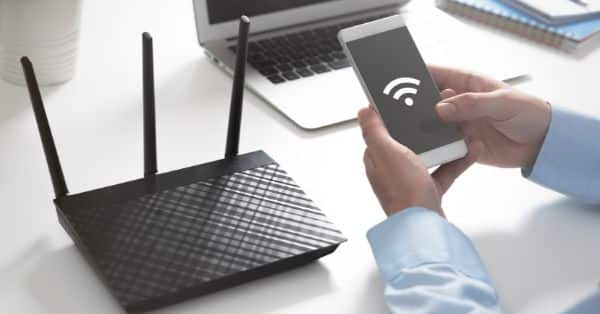Australia’s National Broadband Network Co’s (NBN Co) fixed wireless access (FWA) footprint is set to grow by up to 50 percent nationally by the end of 2024 under an exclusive ten-year partnership extension with Ericsson (NASDAQ: ERIC) to deploy 4G and next- generation 5G connectivity.
NBN Co (nbn) is a publicly owned corporation of the Australian Government, tasked to design, build and operate Australia’s digital backbone as a wholesale broadband access network provider.
The deployment is a significant move in addressing the geographical challenge of bringing improved service to communities and businesses across Australia – one of the largest countries in the world with huge variations in population density.
FWA currently covers more than 650,000 premises across Australia. Under the new partnership, Ericsson will supply the next-generation technology critical to 5G-enable many existing towers across the nbn Fixed Wireless network.
The additional capacity and reach of the upgraded network will provide up to 120,000 homes and businesses in nbn’s satellite footprint access to fixed wireless for the first time.
Jason Ashton, nbn Executive General Manager for Fixed Wireless and Satellite, says: “Our network is the digital backbone of Australia, and it is constantly evolving as we help keep communities, businesses and all areas of society connected, and our nation productive. Investing in 5G mmWave is a part of our commitment to evolve the nbn Fixed Wireless network for future needs and continually enhance customer experience. We’re committed to maximizing the performance of both our fixed wireless and satellite networks, and our work with Ericsson will help us push the boundaries of its capabilities to the benefit of the more than one million homes and businesses covered by these networks across Australia.”
Emilio Romeo, Head of Ericsson Australia and New Zealand, says: “NBN Co’s Fixed Wireless and Satellite Upgrade Program is an important part of Australia’s digital evolution. After working with nbn for more than a decade, I’m pleased that Ericsson’s technology continues to play a pivotal role in supporting the program to deliver better broadband services to people in regional Australia. With the extended range innovation showcased in Ericsson’s industry-leading radio access and microwave transport solutions, more Australians will have access to faster fixed wireless broadband in more places around the country.”
THE TECH
The partnership sees Ericsson become the sole supplier of 4G and 5G radio access and microwave transport solutions. Deployed solutions will include Ericsson’s 4G and 5G antenna-integrated radios across nbn’s current and future spectrum bands, and the latest Massive MIMO solutions providing best-in-class performance and energy efficiency in a lightweight small footprint form factor.
Also being deployed are Ericsson’s latest high-powered 5G millimeter wave (mmWave) solutions, the latest RAN Processor for 4G and 5G, and MINI-LINK microwave transport solutions such as dual carrier solutions in traditional frequency bands, all outdoor E-band, and long-haul.
Ericsson’s extended-range innovation will enable NBN Co to expand its Fixed Wireless network cell range from 14 km to 29 km.
By utilizing the latest 4G and 5G solutions, including 5G in nbn’s mmWave spectrum band, the upgrade program aims to support higher speeds in the fixed wireless network and deliver improved customer experiences. Importantly, the new infrastructure will also support a future upgrade from 4G to 5G for nbn’s existing spectrum bands.
Source: Cision News Read More


















